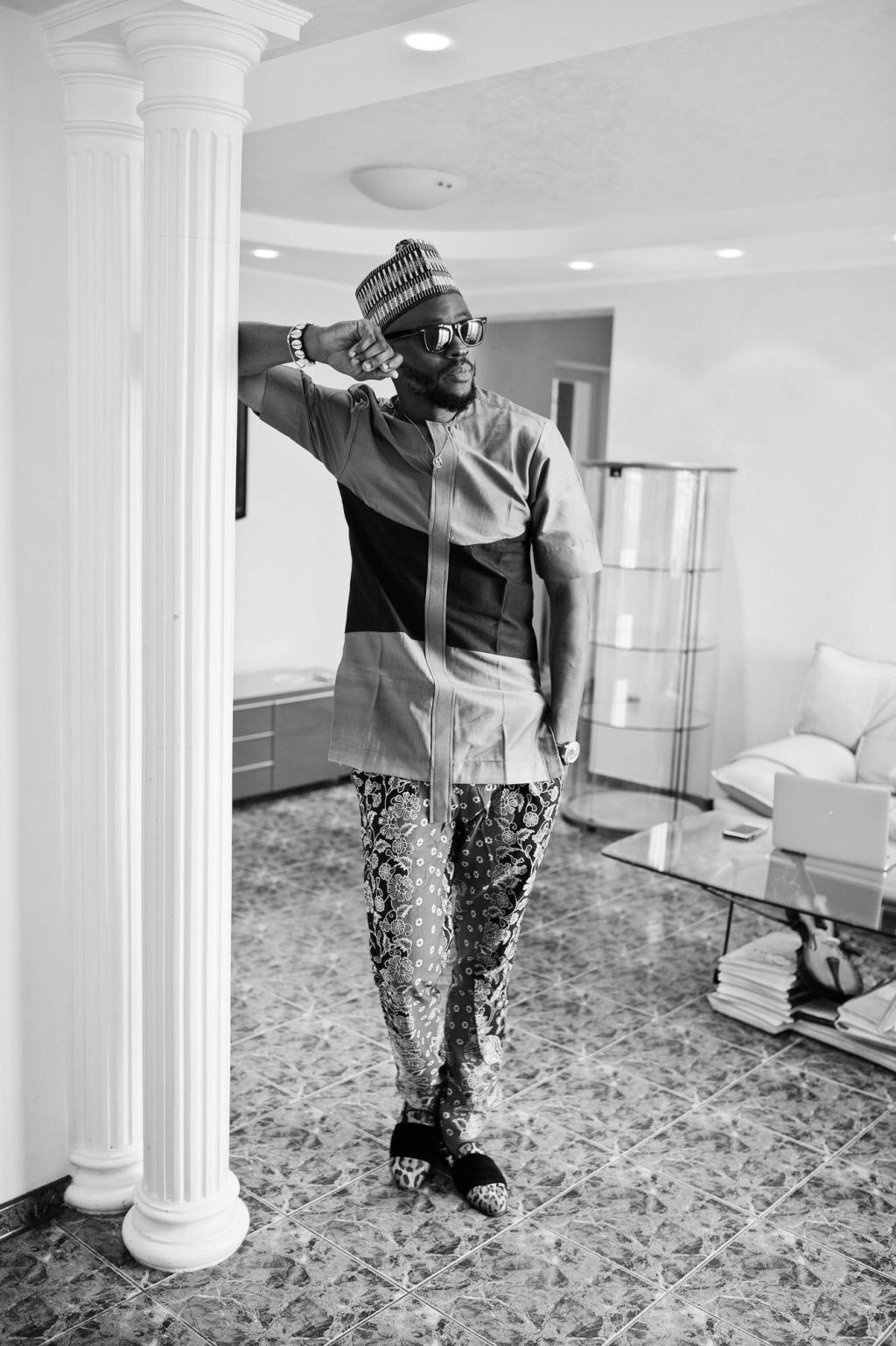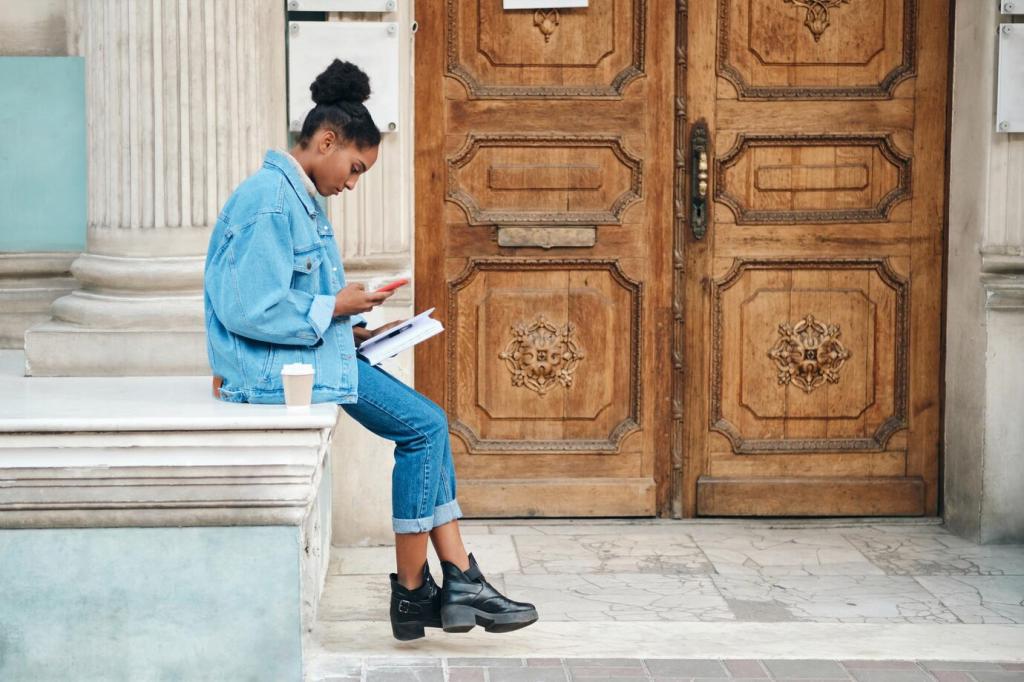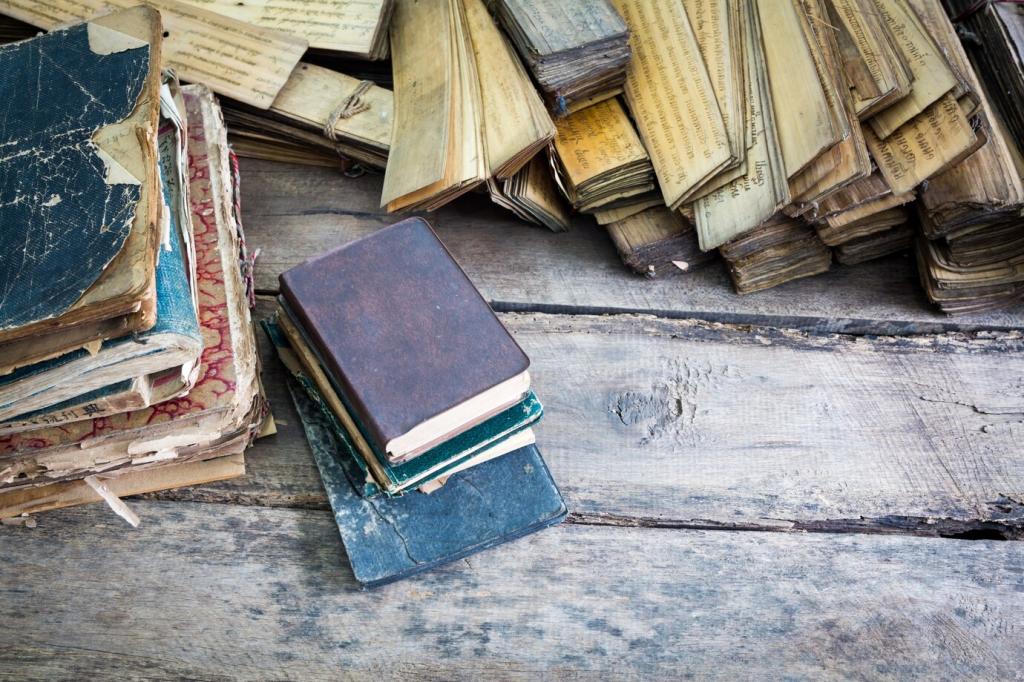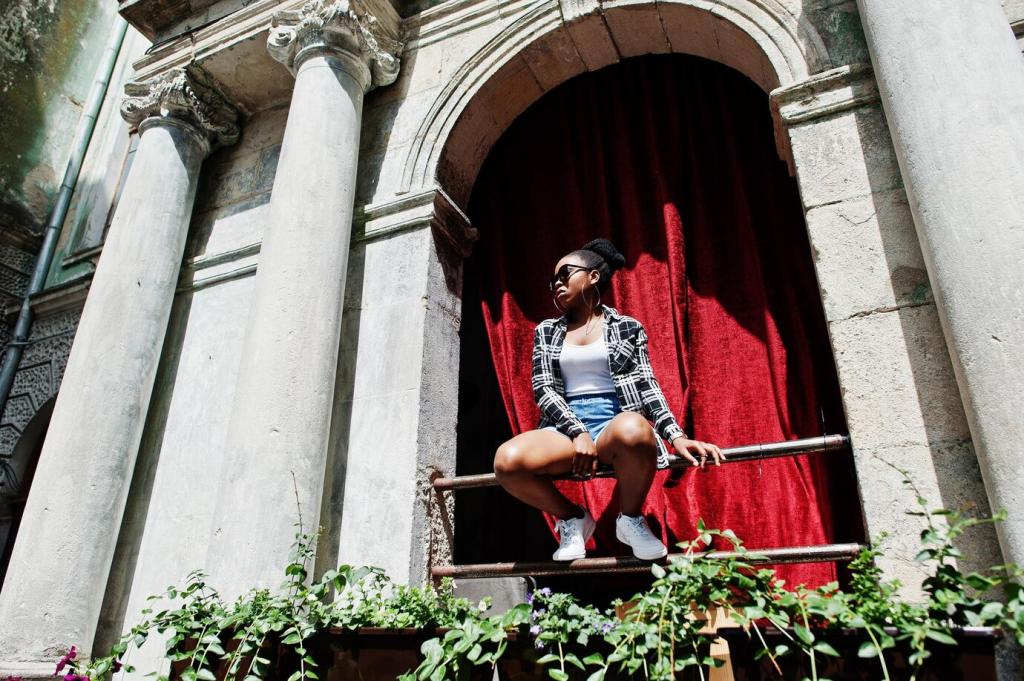
Reviving the Classics: Modern Art Influences
Today’s chosen theme: Reviving the Classics: Modern Art Influences. Step into a lively conversation between antiquity and now, where timeless forms inspire fresh ideas, bold experiments, and community voices. Subscribe, comment, and share your own modern-classic remixes.
Why Classics Still Pulse in Contemporary Art
Ancient gestures survive in new materials: a draped figure becomes a motion-capture study, a frieze becomes a looping animation, and a myth becomes an augmented reality filter that users can wear and reinterpret together.

Why Classics Still Pulse in Contemporary Art
Classical references offer shared anchors, but modern artists twist the lens, revealing untold voices and overlooked angles. That friction between recognition and surprise keeps audiences leaning forward, ready to reimagine what endures.
Modern Artists Reimagining Antiquity
Borrowing the authority of Old Master poses, some artists place contemporary sitters at the center of grand narratives, complicating who gets framed as heroic, sublime, or historically significant within public memory.
Modern Artists Reimagining Antiquity
Graffiti arcs, stencil silhouettes, and wheat-paste columns appear on city walls, turning alleyways into open-air forums. Classical motifs travel freely, becoming bold, democratic signs people encounter between morning errands.


Techniques That Fuse Past and Present
Cutting, layering, and splicing classical imagery with newspapers, receipts, or social feeds, artists create hybrid artifacts. The seams remain visible, reminding us that culture is constructed, negotiated, and continually edited.
Techniques That Fuse Past and Present
3D scanning resurrects fragmented sculptures; prints test impossible scales and materials. By iterating quickly, artists propose alternate histories, asking what a statue might say if rebuilt with plastic, resin, or light.
Techniques That Fuse Past and Present
Research into ancient polychromy inspires vivid recolorings of supposedly white marble. When artists revive saturated palettes, viewers experience classics as lively, not austere, collapsing misconceptions into technicolor revelation.
Museums, Public Spaces, and the New Classicism
Exhibitions pair classical artifacts with contemporary works, letting shadows, gestures, or materials mirror across time. Wall labels prompt questions instead of answers, ensuring visitors leave curious, not complacent.

Practical Guide: Start Your Classic-Modern Experiment
Pick a classical work that moves you—myth, sculpture, vase, or relief. Identify one gesture or symbol, then sketch how it might address a current question you care about.
Practical Guide: Start Your Classic-Modern Experiment
Trade marble for cardboard, gold leaf for aluminum wrapper shine, fresco for phone-based collage. Let constraints guide invention, and document each iteration to show thinking, risks, and happy accidents.




Stay Connected: The Living Classics Community
We highlight artists transforming classical motifs through sound, video, sculpture, and code. Expect sharp interviews, behind-the-scenes notes, and links for deeper dives you can enjoy on your commute.
Stay Connected: The Living Classics Community
Join monthly prompts, like reimagining a myth with everyday objects. Share outcomes, ask for critique, and celebrate brave experiments that turn historical references into living, breathing practice.
